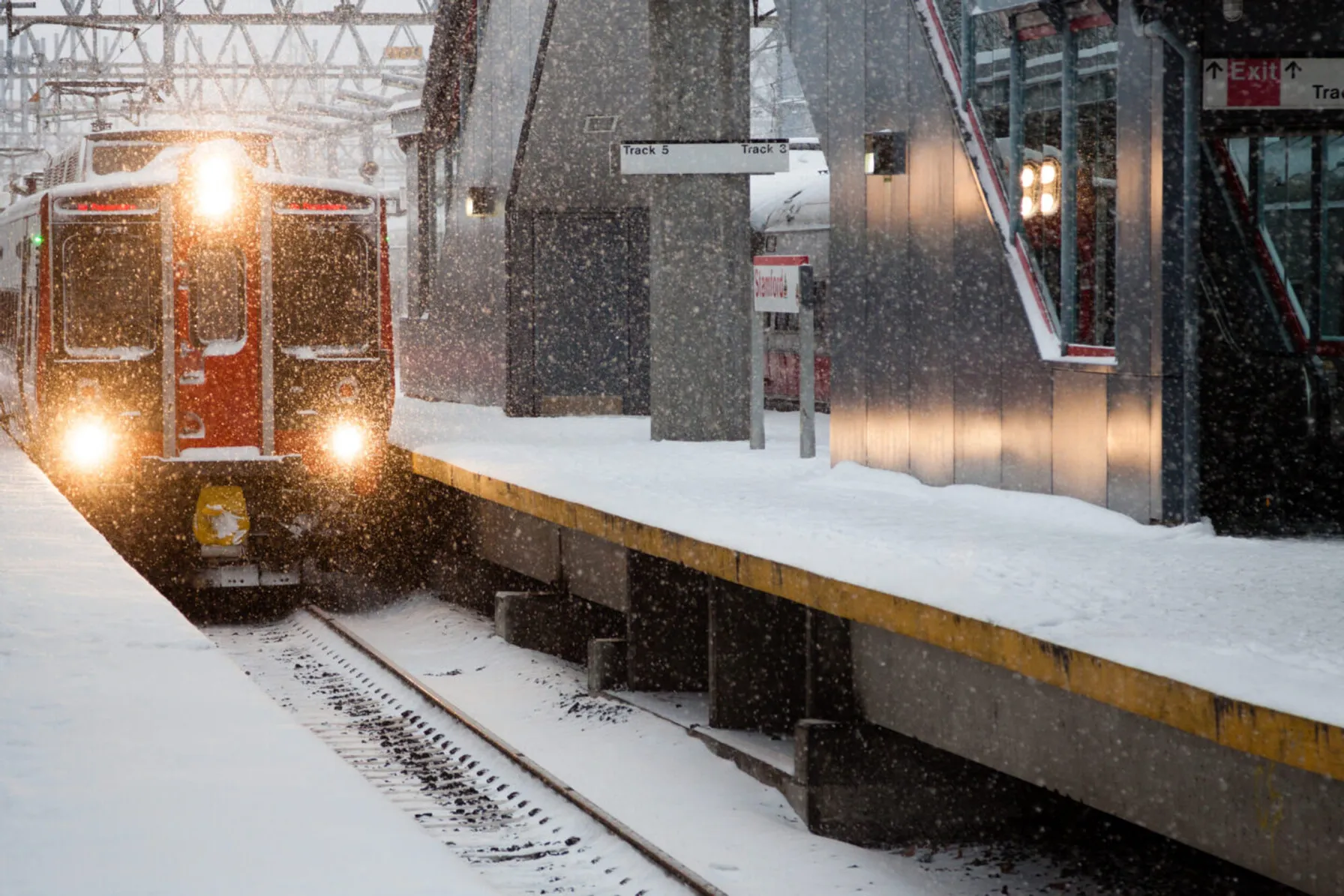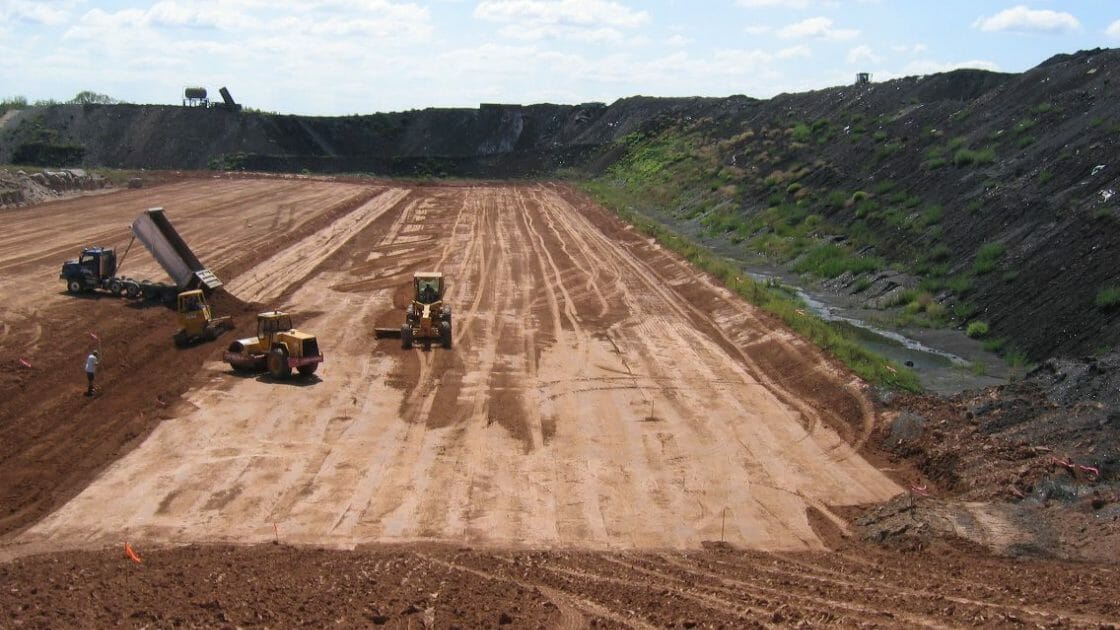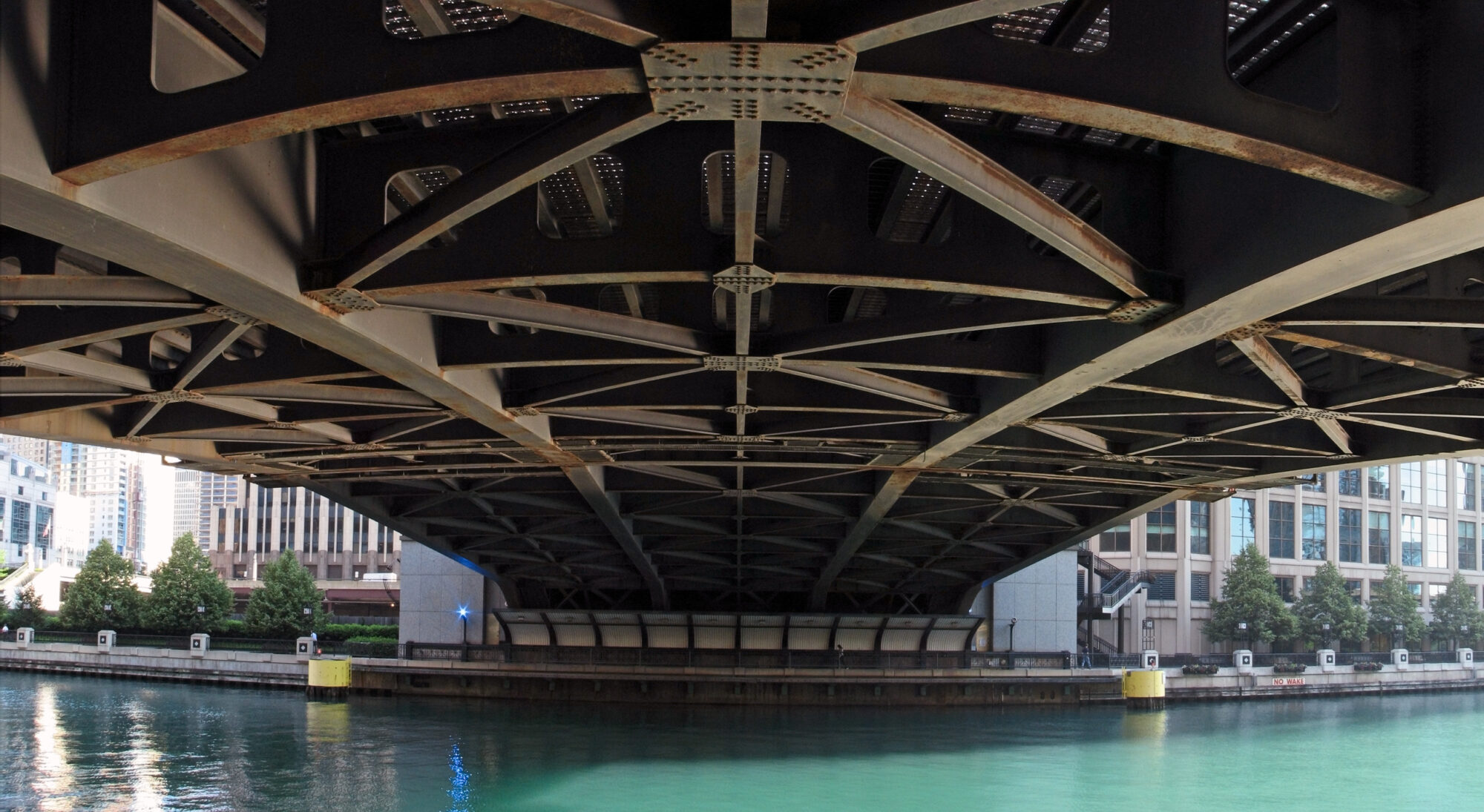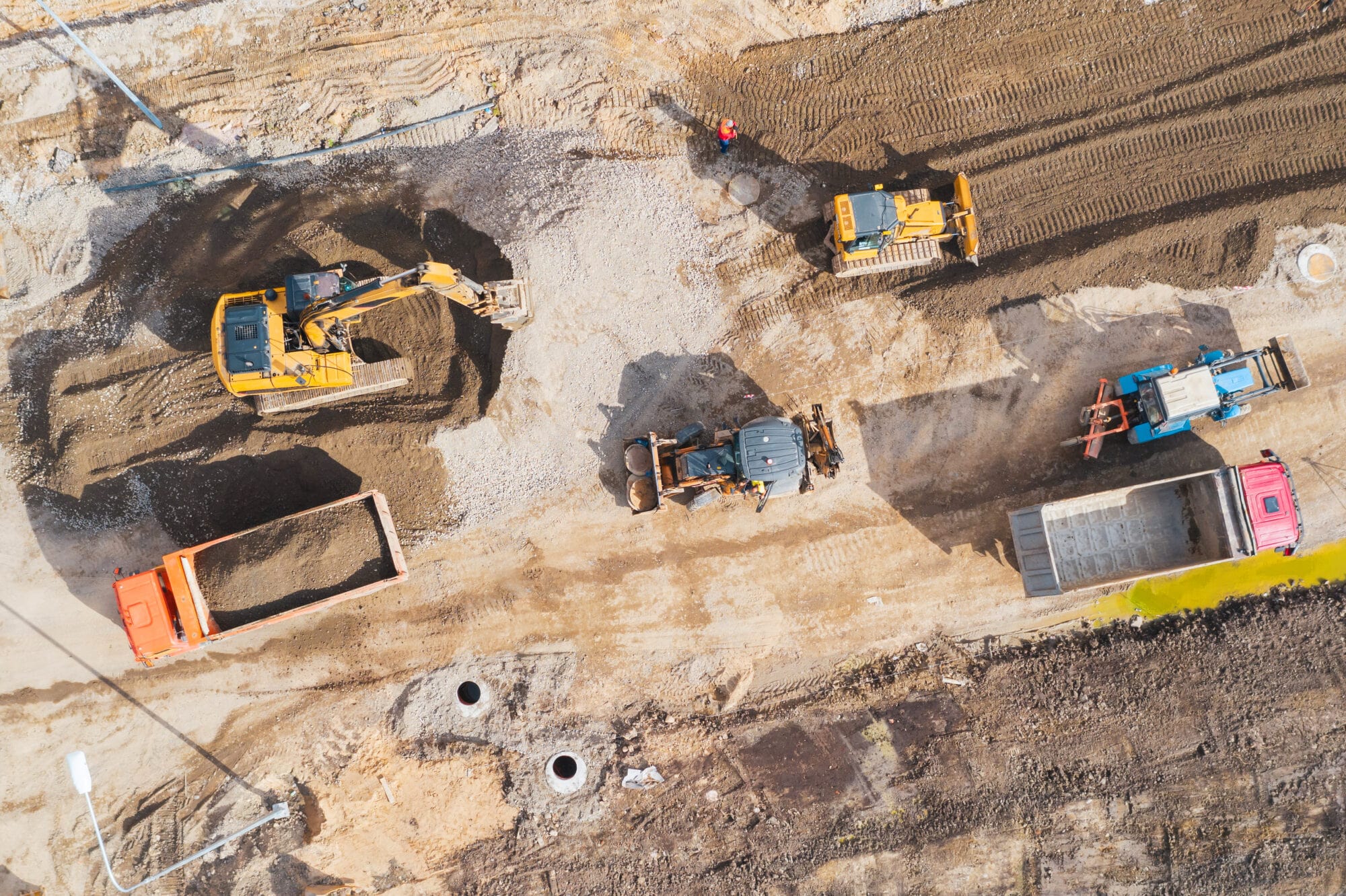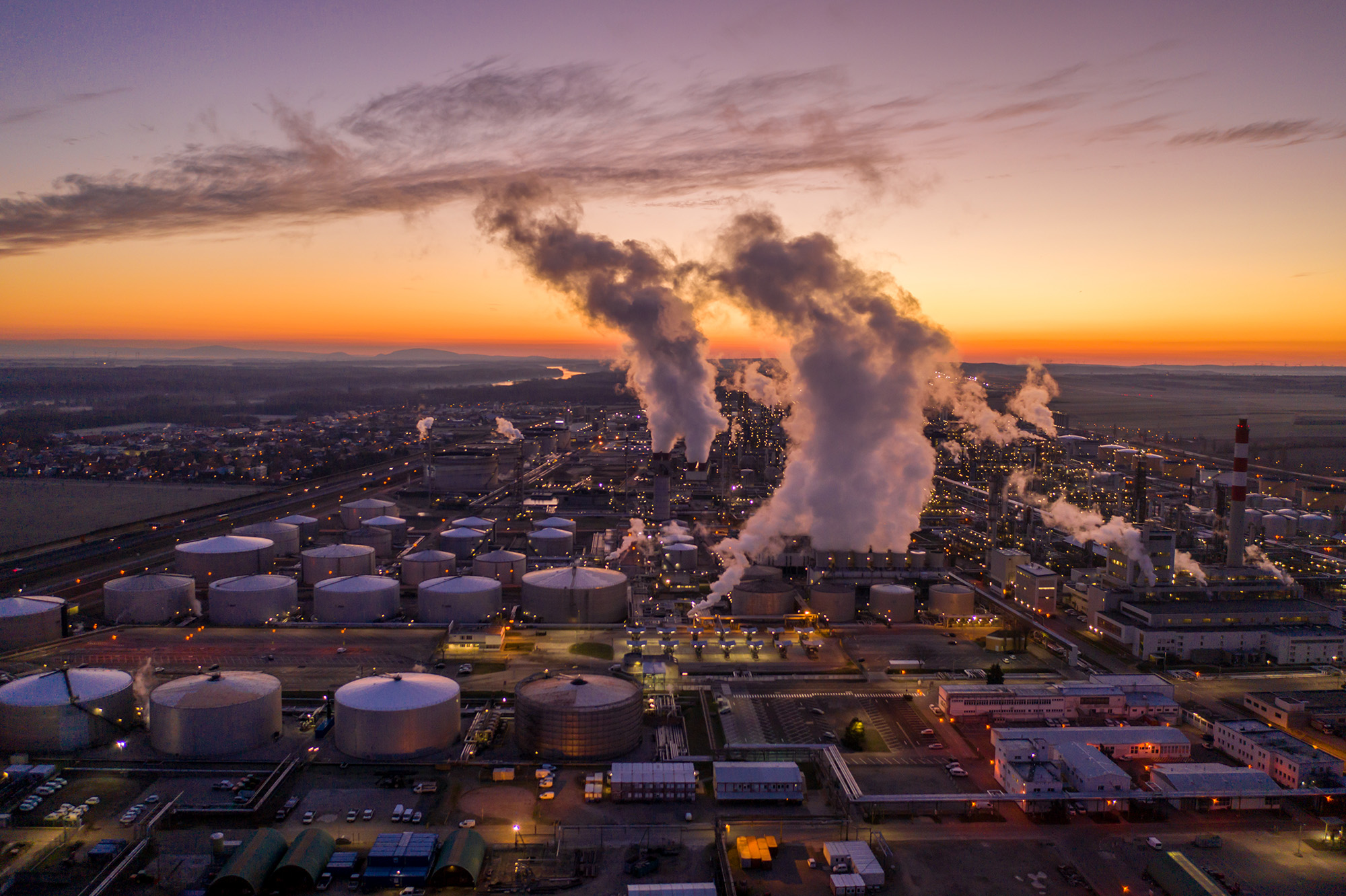Project
TRC has provided environmental support services for the City of Stamford’s Stamford Urban Transitway (SUT) Brownfields Program. The program included redevelopment and revitalization in conjunction with the construction of a new connector between the Stamford Intermodal Transportation Center and Interstate 95. The project included the realignment of existing street segments, development of new roadway, widening of an existing roadway and operational improvements (sidewalks, landscaping and bike pathways) along a two-mile facility corridor.
TRC completed Phase I environmental site assessments of over 100 properties in the SUT area as well as Phase II site investigations on 29 sites with Phase III site investigations, remedial action planning, and remediation oversight to address contamination that would impact Transitway construction. TRC has also assisted the City with preparing a demolition bid specification for the buildings within the SUT project area. Our program and staffing assignments for the City of Stamford have expanded and changed in response to changing transitway design considerations without impacting overall project progress. Throughout the program, TRC assisted with on-call construction services.
TRC also provided asbestos, lead, and LEED waste management consulting services to the City of Stamford at the former vacant Clairol Research and Development Facility, which is now the Rogers International Magnet School. TRC also completed a Phase II environmental investigation at the facility prior to its renovation. No significant contamination was discovered, allowing the planned renovations to continue.
Since 2009, TRC has been providing the City of Stamford with LEP and PE support services for the revitalization of the area along a vacant, underutilized stretch of the Mill River in the City. The remediation and restoration of the site was funded by the CT Department of Economic and Community Development Brownfields program. TRC oversaw the excavation of soil contaminated with chlorinated and petroleum hydrocarbons. After excavation, the site was restored and redeveloped into a portion of the Mill River Park, which includes open space, a skating rink, and river pathways. Monitoring wells were installed for post-remediation groundwater monitoring.
Related Services
Related Projects
Discover the success we’ve had with helping our clients execute major projects and make a meaningful impact on their local communities.
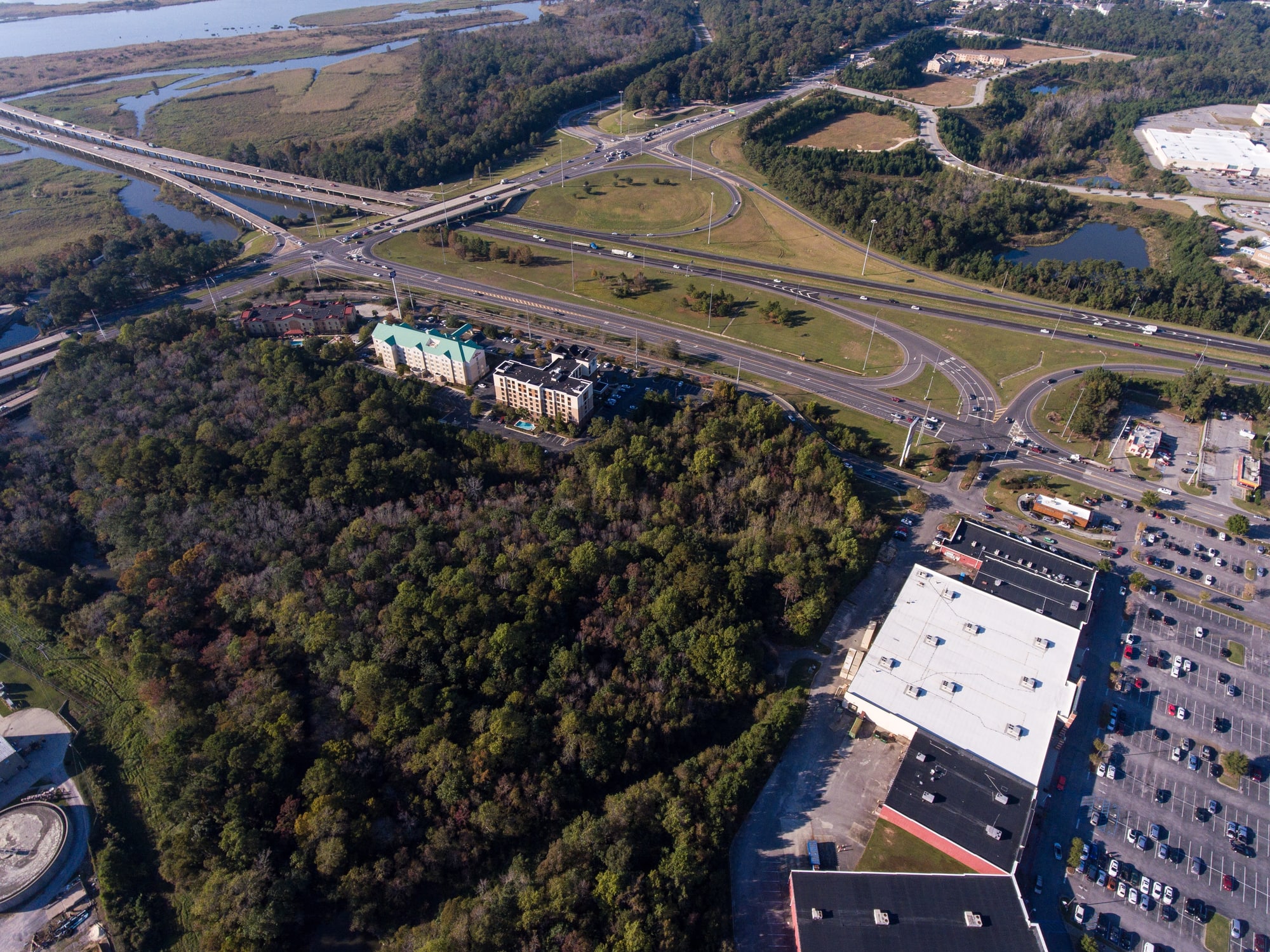
Cramer Hill Waterfront Park and Salvation Army Kroc Center Redevelopment
TRC served as the Licensed Site Remediation Professional during the remediation and redevelopment of a high- profile brownfield site in …
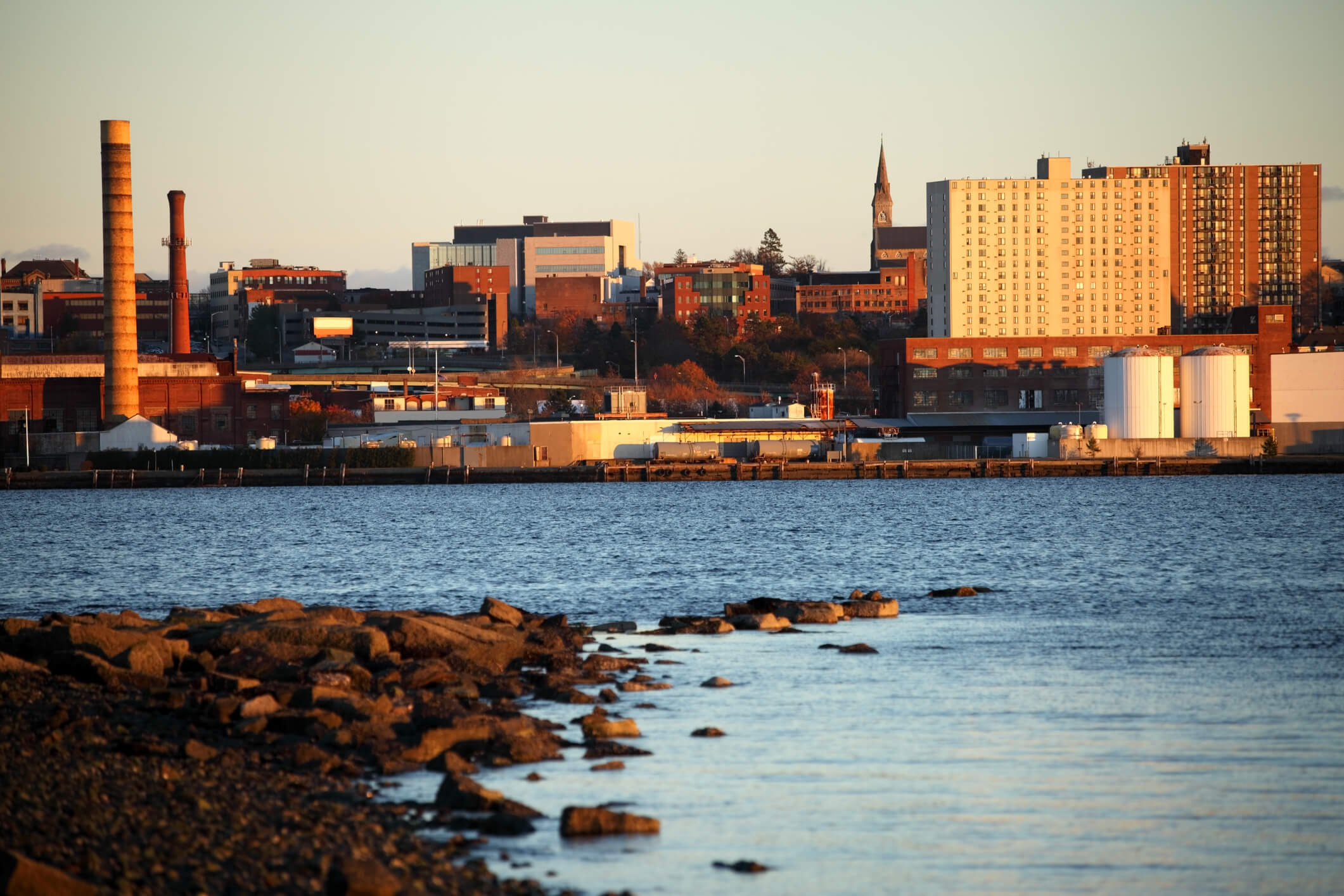
Fall River City Pier Redevelopment Permitting & Flood Hazard Analysis
A Brownfield Priority Project was carried out as part of the Fall River Redevelopment Authority's goal to maintain, repair and …
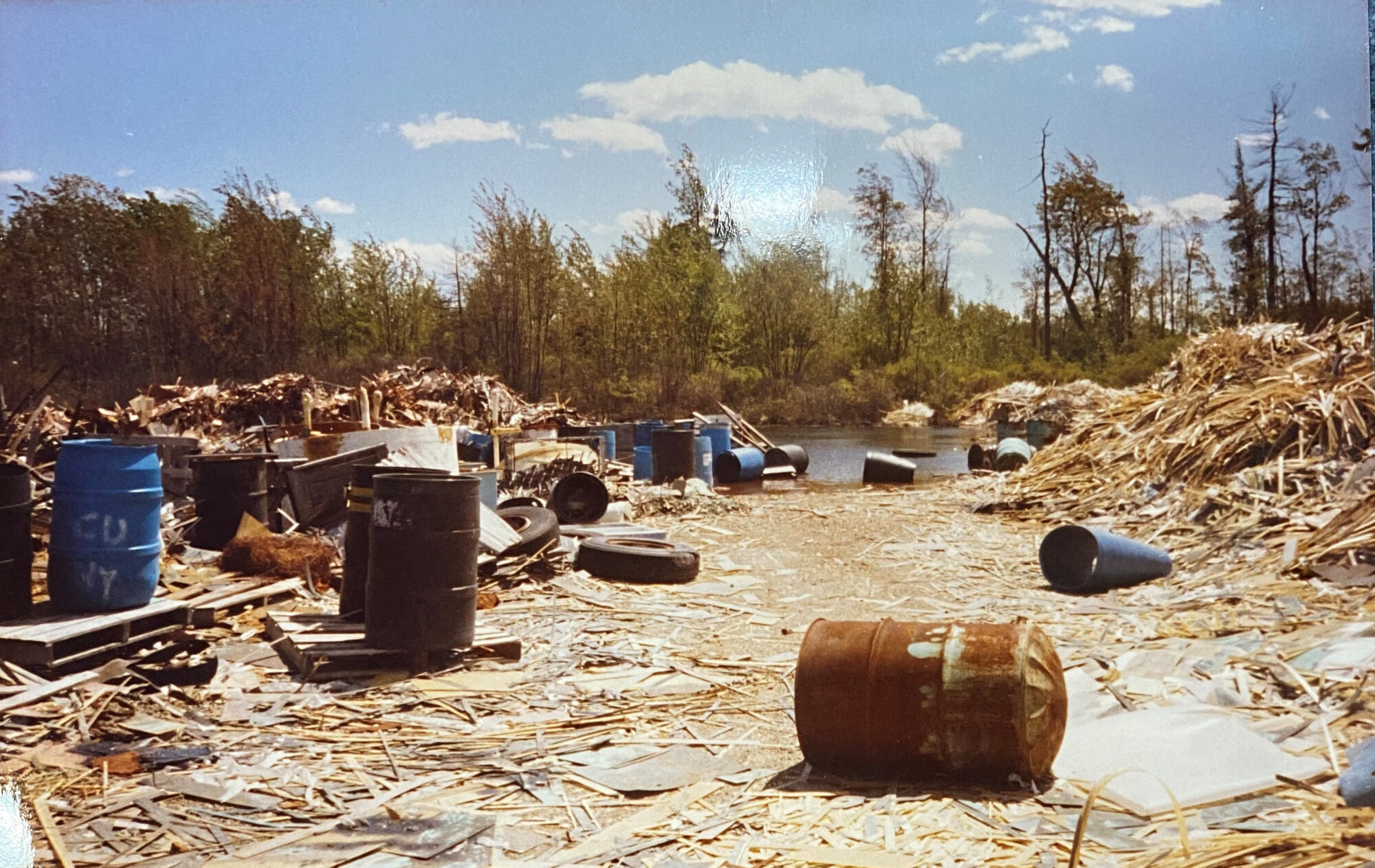
City of Sanford, ME Brownfields Program
TRC assisted the City of Sanford with securing an additional $300,000 in state Brownfields Revolving Loan Fund dollars to fund …
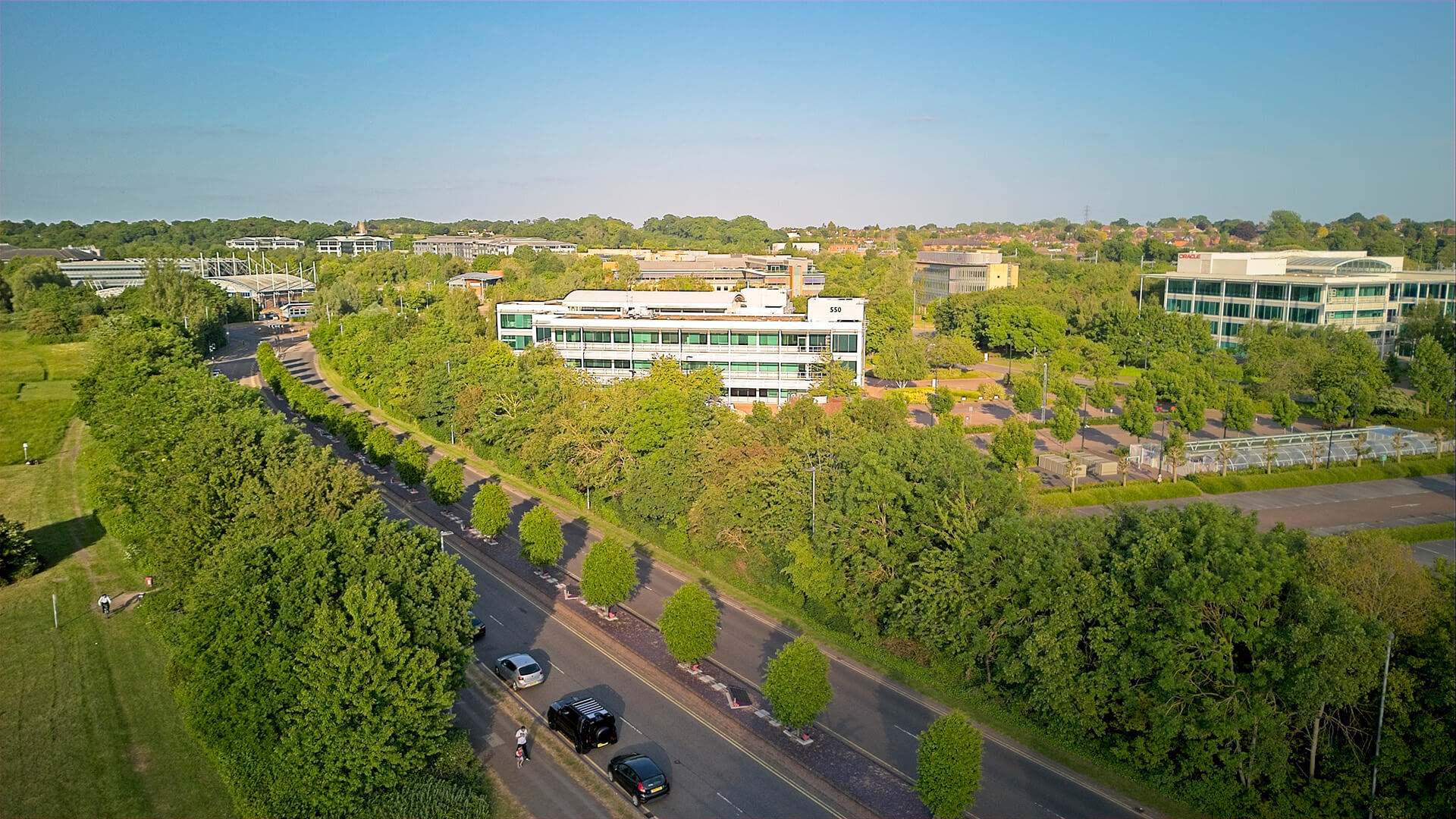
Berkshire Regional Planning Commission
TRC has successfully worked with the Berkshire Regional Planning Commission under multiple EPA Brownfields Assessment Grant Programs
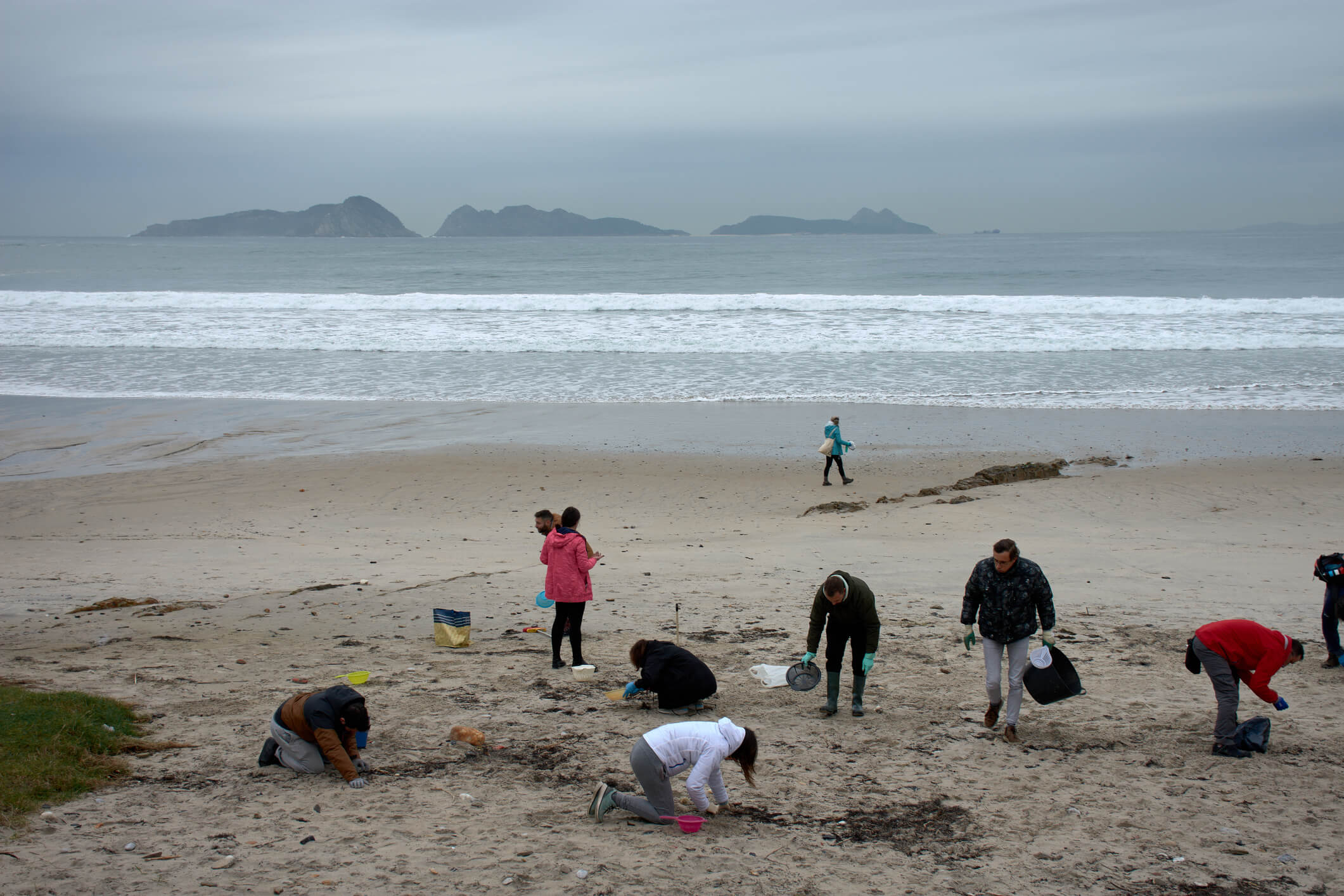
Our Katahdin Brownfields Cleanup
TRC Selected to act as the Qualified Environmental Professional for their EPA Brownfields Cleanup Grant.

SMPDC Brownfields Assessment & RLF
TRC has been assisting the Southern Maine Planning and Development Commission with their Brownfields Program since 2014
Sharing Our Perspectives
Our practitioners share their insights and perspectives on the trends and challenges shaping the market.
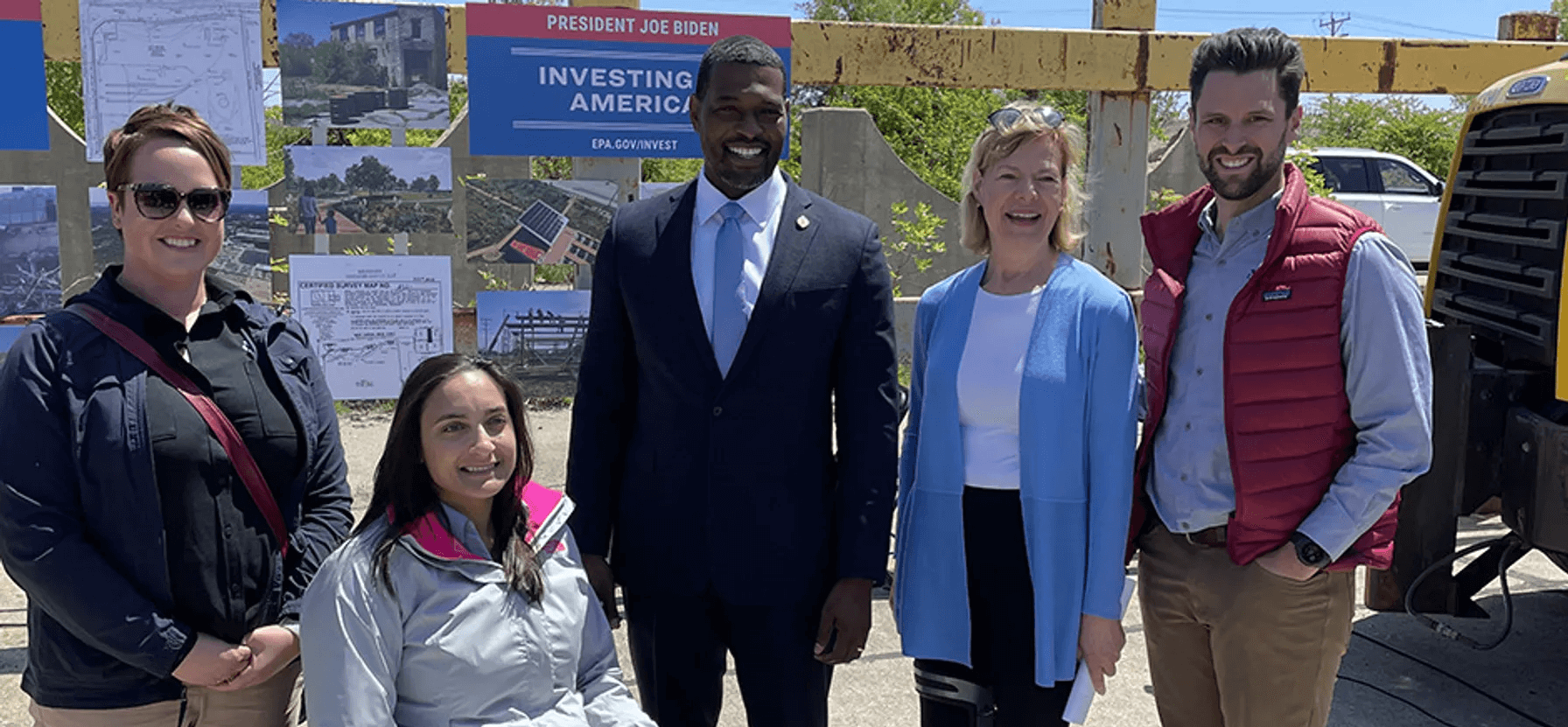
Biden-Harris Administration Announces More than $315 Million Funding for Brownfield Sites
June 1, 2023
President Biden’s Investing in America Agenda seeks to expedite the assessment and cleanup of brownfield sites across the country while advancing environmental justice.
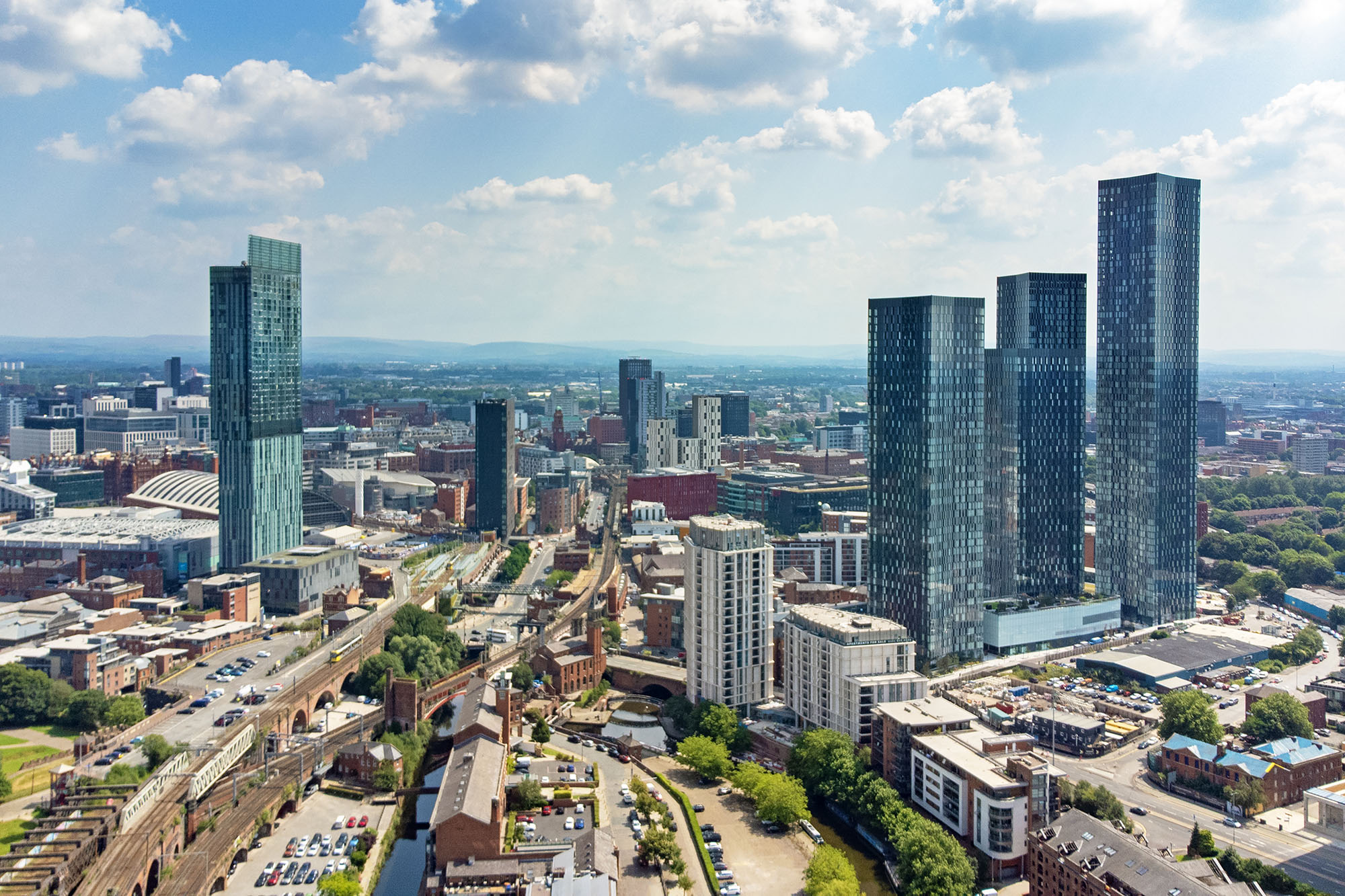
TRC Brings Environmental Services to Manchester with Second UK Office
March 5, 2020
In continuing to expand our presence in a key British market, TRC is opening our second UK office in Manchester, England

Michigan Utility’s First Brownfield Solar Project Highlights Promise, Challenges
November 7, 2019
TRC’s Doug Kilmer talks to Energy News Network about the benefits of repurposing brownfields as sites for solar arrays: “For some of these properties, this is the best way to get them back on the tax rolls.”
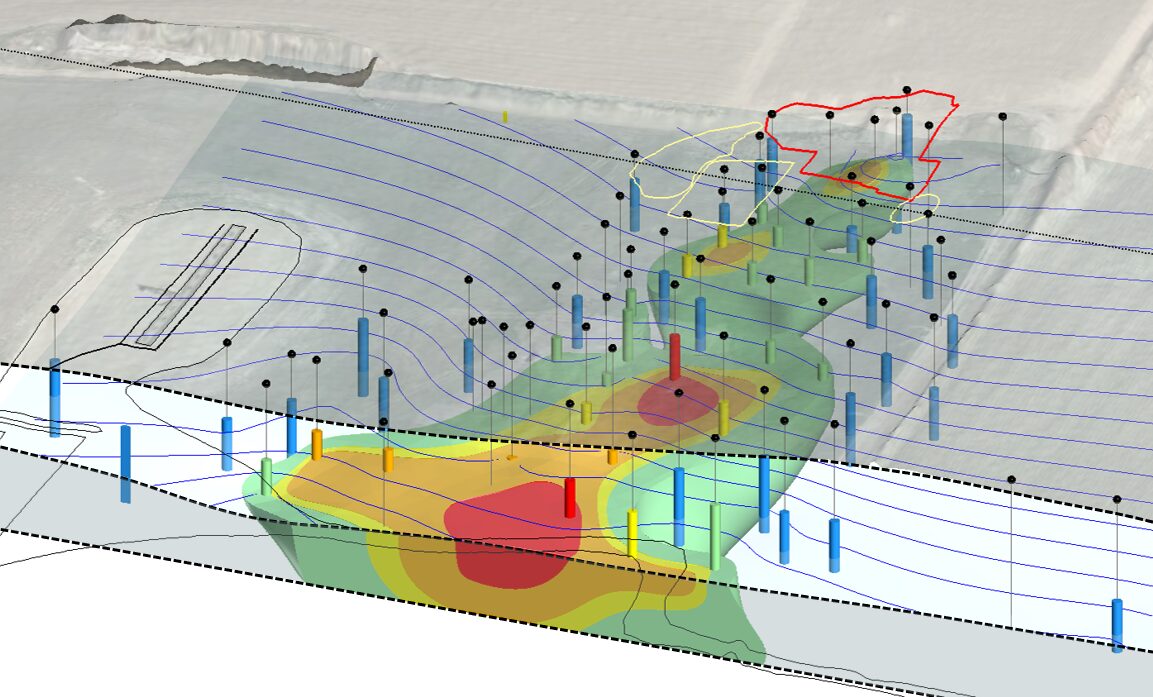
Development and Types of Conceptual Site Models (CSMs)
March 15, 2025
There are vast resources, including publications and guidance documents on the topic of Conceptual Site Models (CSMs), and the term “CSM” can mean many different things to different people depending on their technical area of expertise and their expectation about the goal or purpose of the subject CSM

Hydrogen Hub Funding Provisions
March 26, 2024
TRC’s panel of practitioners discuss the Hydrogen Hub (H2Hub) funding provisions of the Bipartisan Infrastructure Bill (BIL).

U.S. EPA’s EJScreen Evolves as the Agency Advances Environmental Justice
August 21, 2023
EJScreen is currently at the forefront of federal efforts to identify potential disproportionate environmental burdens and communities with potential environmental justice (EJ) concerns.

U.S. EPA and Army Corps of Engineers to Develop Revised Rule to Define “Waters of the United States”
August 8, 2023
The US EPA and Army Corps of Engineering are redefining “Waters of the United States”.

Regulators Update Design Storm Rainfall Depths in Response to Climate Science Projections and Recent Storm Data
August 3, 2023
Regulators are responding to anticipated increases in extreme rainfall events by updating design storm rainfall depth regulations.
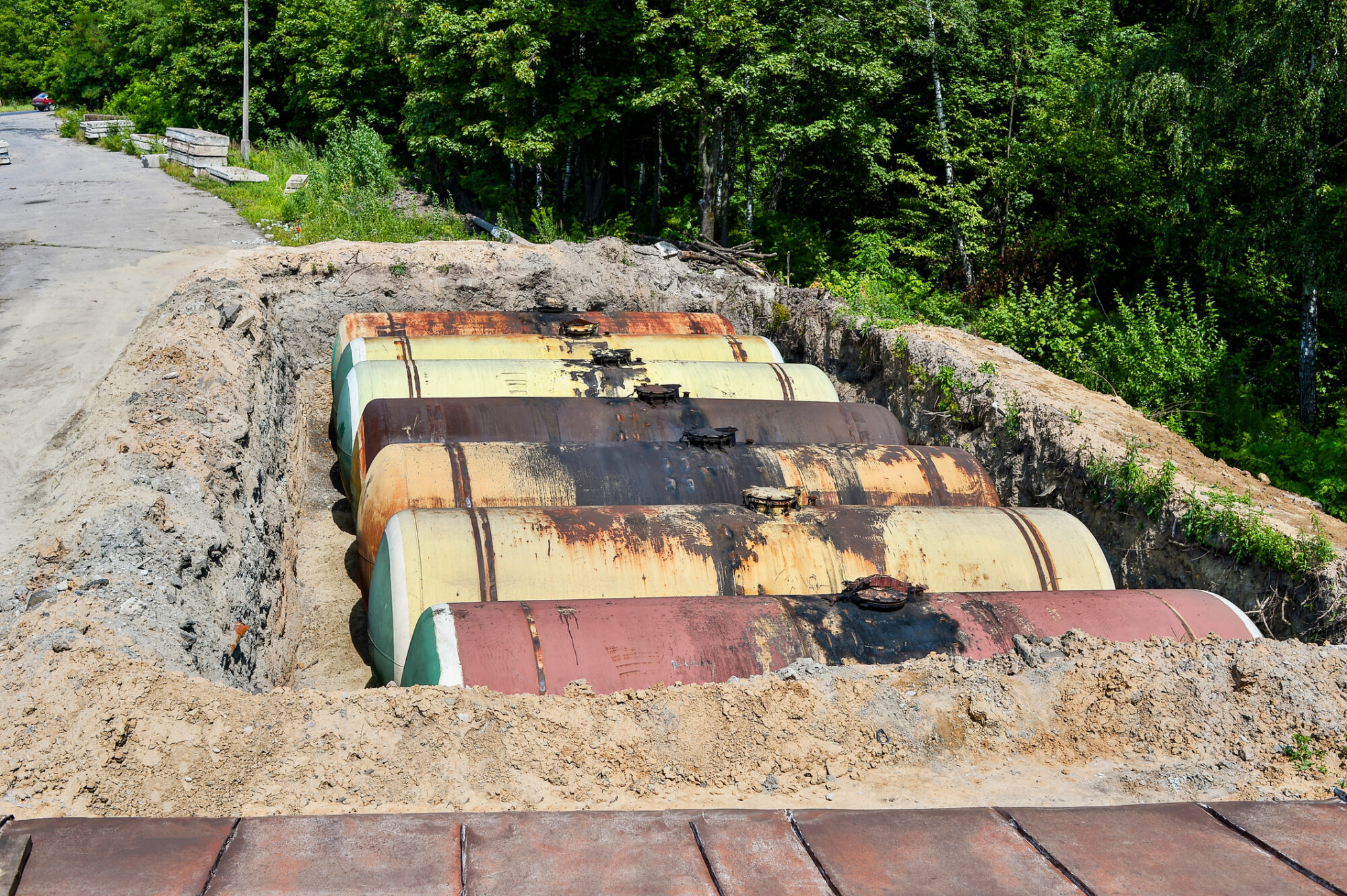
EPA Issues Clarification of Free Product Removal Requirements
June 20, 2023
EPA recently clarified requirements for LNAPL recovery and remediation.

New Executive Order 14096 Broadens Environmental Justice Initiatives
May 9, 2023
Executive Order 14096, Revitalizing Our Nation’s Commitment to Environmental Justice for All, seeks to deepen the Biden administration’s “whole-of-government” approach to environmental justice (EJ) by fully integrating the consideration of unserved and overburdened communities and populations into all aspects of federal agency planning and delivery of services.
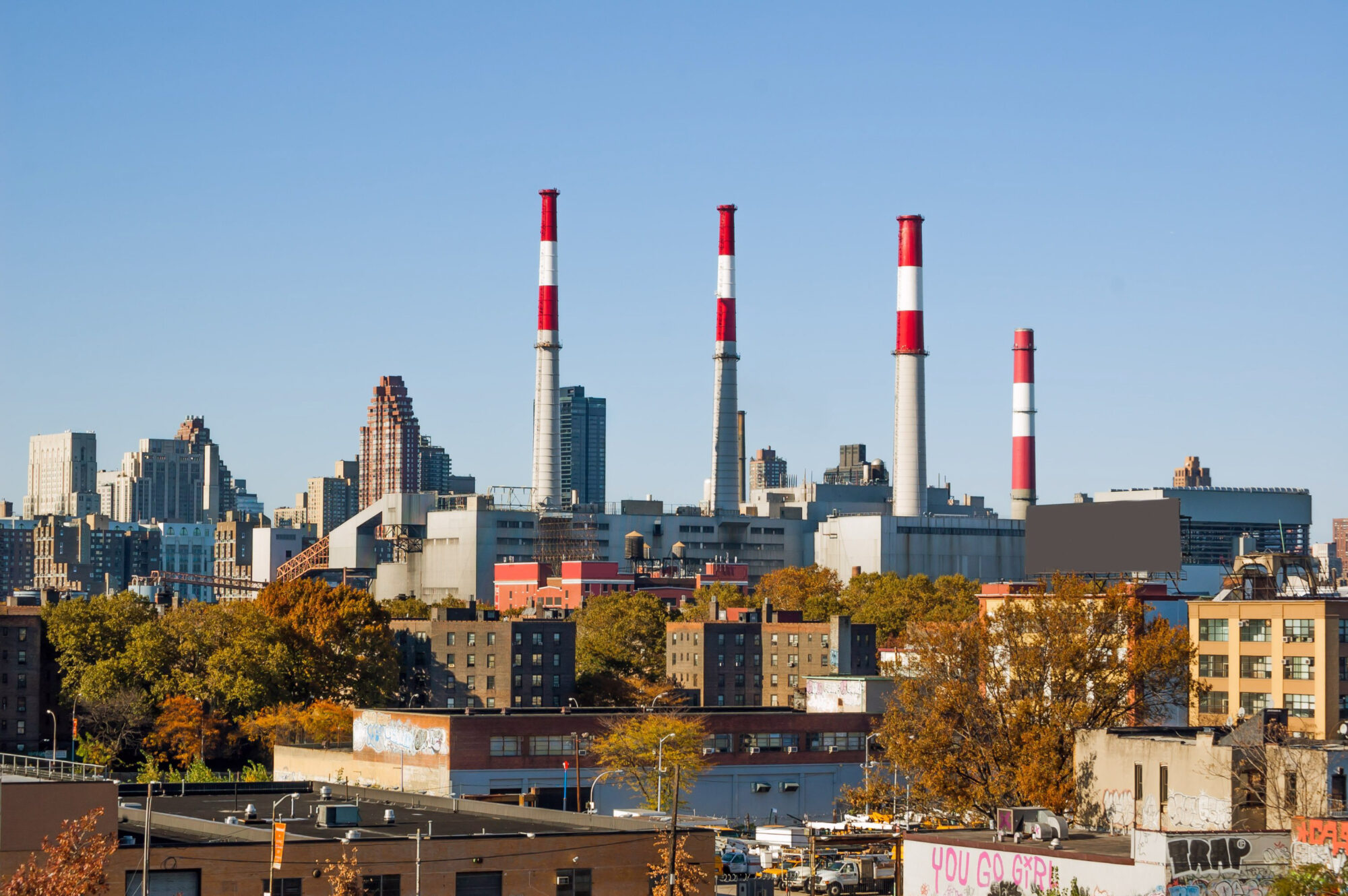
Proactive Enforcement is Key in the EPA FY2022-2026 Strategy
October 19, 2022
A core element of the EPA FY2022-2026 Strategic Plan focuses on environmental compliance.
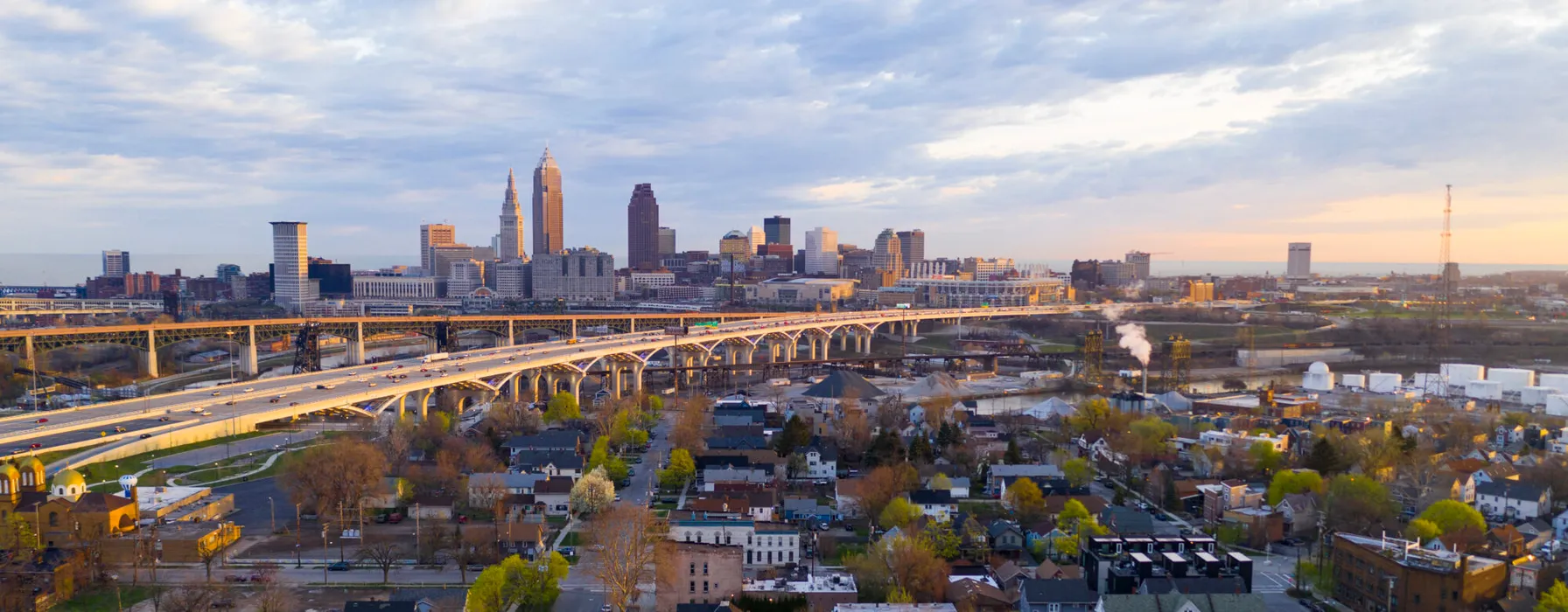
Preparing for EPA Inspections in Environmental Justice Communities
October 4, 2022
The EPA Office of Enforcement and Compliance Assurance Have Expanded Goals to Strengthen Enforcement and Protections Within EJ Communities
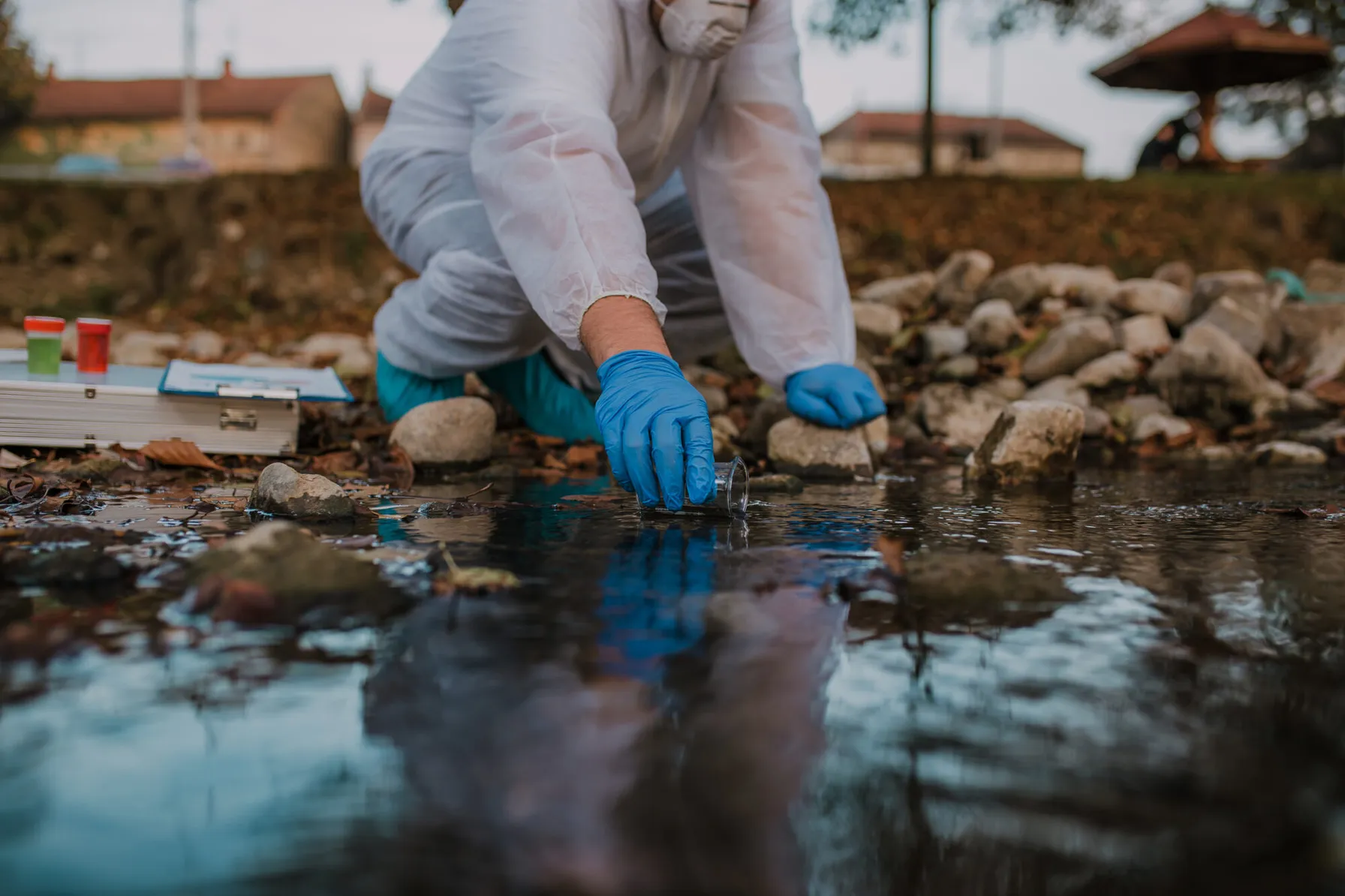
New National Emerging Contaminants Research Initiative
September 12, 2022
The Executive Office of the President of the United States announced a National Emerging Contaminant Research Initiative

Locana Awarded Wildlife Habitat Analysis Task Order For The Bureau Of Land Management
April 27, 2022
Locana, a leading geographic data and technology company, has won a 10-year National Geospatial Data and Technology Support Services contract for the U.S. Bureau of Land Management (BLM).
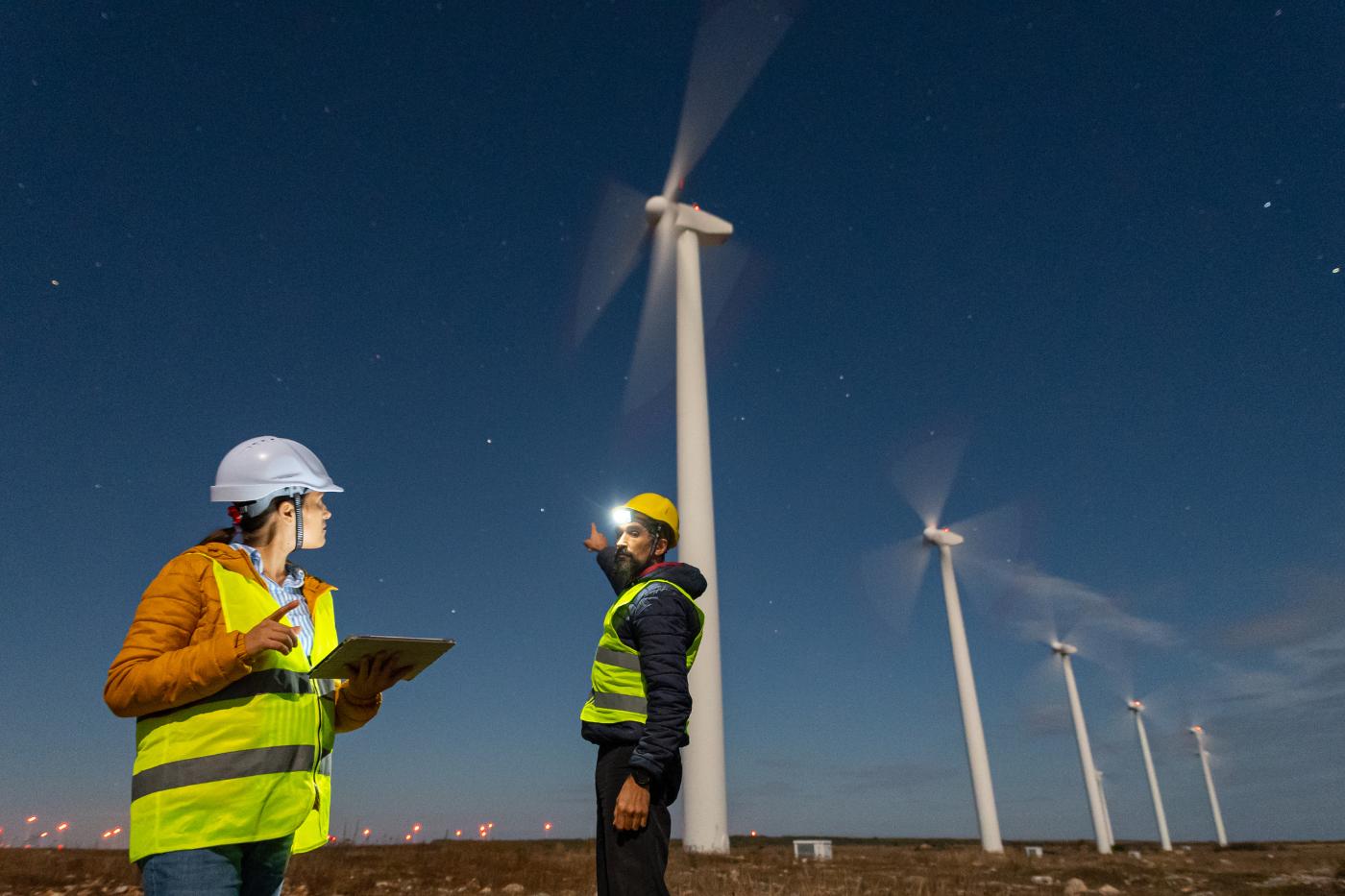
TRC Acquires New Jersey’s Clean Energy Program Contract and Assumes Program Administrator Role
January 17, 2021
NEW BRUNSWICK, NJ and LOWELL, MA. – Jan. 17, 2017 – TRC Companies Inc., a recognized leader in engineering, environmental consulting and construction-management services, today announced it has acquired the contract to serve as Program Administrator of New Jersey’s Clean Energy Program™ (NJCEP), which has provided more than $300 million annually in support to homeowners, businesses…

Ecological Risk of PFAS from AFFF-Impacted Sites
June 30, 2020
The facts on evaluating exposure to wildlife
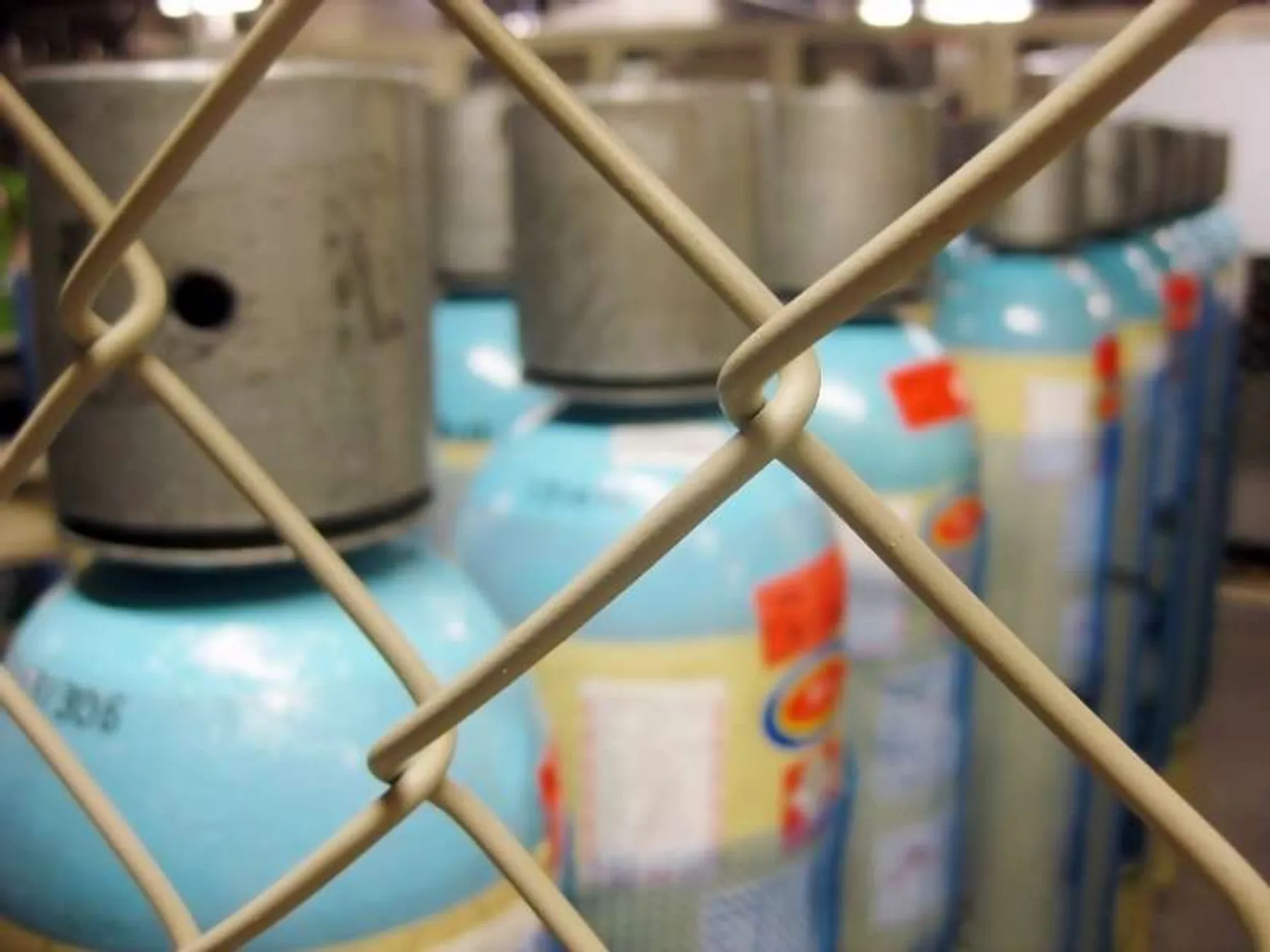
Security Stew: How to Follow the Federal Regulatory Recipe for Safe Chemical Storage
September 19, 2017
Three different federal agencies regulate the storage of chemicals at facilities in the United States – and each for different reasons. Learn about the various rules from the alphabet soup of agencies (DHS, EPA and OSHA) involved and how to keep your business compliant.

TRC and partners win $1 million grant for engineering innovative New York microgrid
April 20, 2017
TRC is proud to support Huntington, NY bolster power reliability and climate-change resiliency with a sophisticated new “community microgrid’’ combining solar energy, a fuel cell, biogas and traditional natural gas to deliver electricity and heat to local customers and institutions.

EPA to Include CERCLA Sites and RCRA Facilities in Site Remediation NESHAP
June 23, 2016
EPA has published a proposed rule that would extend the requirements of the Site Remediation National Emission Standards for Hazardous Air Pollutants (NESHAP) regulations to previously exempt soil and groundwater remediation activities under CERCLA and RCRA.

Manchester Moves Legacy Sites
April 9, 2014
The City of Manchester, NH continues to transform blighted areas of the City into community-based redevelopment projects supported by EPA’s Brownfields Program to improve the environment and public health and expand opportunities for neighborhood and economic development.

